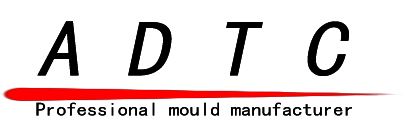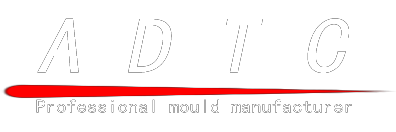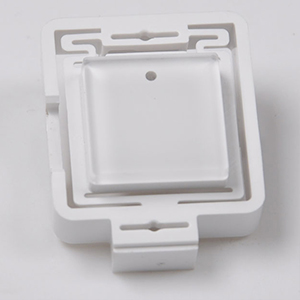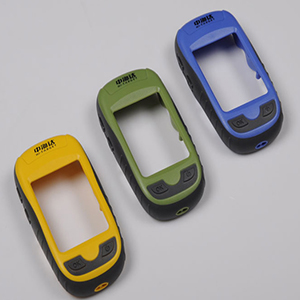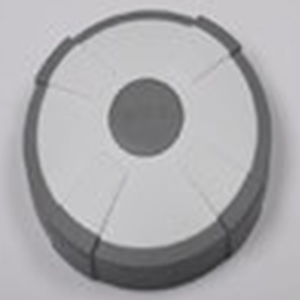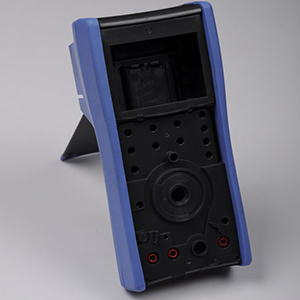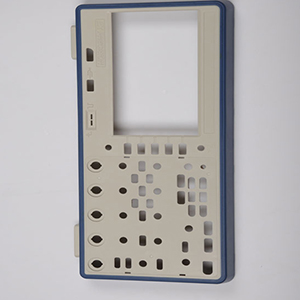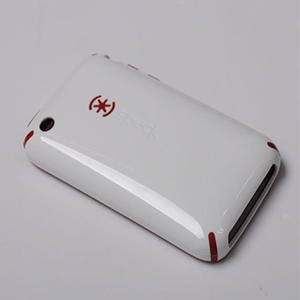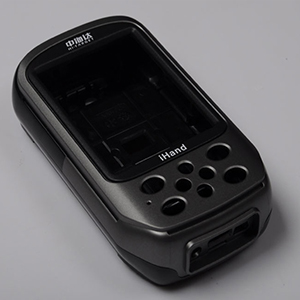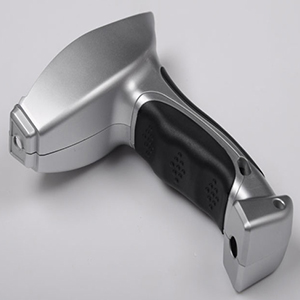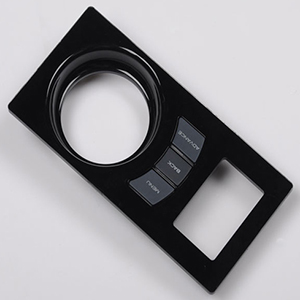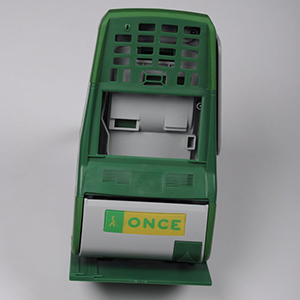plastic injection mold two color product double injection mold
Injection Molding is a manufacturing process for producing parts in large volume. It is most typically used in mass-production processes where the same part is being created thousands or even millions of times in succession.
The principal advantage of injection molding is the ability to scale production en masse. Once the initial costs have been paid the price per unit during injection molded manufacturing is extremely low. The price also tends to drop drastically as more parts are produced. Other advantages include the following:Injection Molding produces low scrap rates relative to traditional manufacturing processes like CNC machining which cut away substantial percentages of an original plastic block or sheet. This however can be a negative relative to additive manufacturing processes like 3D printing that have even lower scrap rates. Note: waste plastic from injection molding manufacturing typically comes consistently from four areas: the sprue, the runners, the gate locations, and any overflow material that leaks out of the part cavity itself
A sprue is simply the channel that guides molten plastic from the nozzle of the injection molding machine to the entry point for the entire injection mold tool. It is a separate part from the mold tool itself. A runner is a system of channels that meet up with the sprue, typically within or as part of the mold tool, that guides the molten plastic into the part cavities within the mold tool. There are two principal categories of runners (hot and cold) which you can read about here. Lastly, the gate is the part of the channel after the runner that leads directly into the part cavity. After an injection mold cycle (typically only seconds long) the entirety of the molten plastic will cool leaving solid plastic in the sprue, runners, gates, part cavities themselves, as well as a little bit of overflow potentially on the edges of the parts
Thermoset material, such as an epoxy resin that cures once exposed to air, is a material that cures and would burn after curing if one attempt is made to melt it. Thermoplastic material by contrast, is a plastic material that can be melted, cool and solidify, and then be melted again without burning. With thermoplastic materials the material can be recycled are used again. Sometimes this happens right on the factory floor. They grind up the sprues/runners and any reject parts. Then they add that material back into the raw material that goes into the injection molding press. This material is referred to as "re-grind". Typically, quality control departments will limit the amount of regrind that is allowed to be placed back into the press. (Some performance properties of the plastic can degrade as it is molded over and over). Or, if they have a lot of it, a factory can sell this re-grind to some other factory who can use it. Typically regrind material is used for low-quality parts that don't need high performance properties.
Injection Molding is very repeatable. That is, the second part you produce is going to be practically identical to the first one etc. This is a wonderful characteristic when trying to produce brand consistency and part reliability in high volume production.
Who I Am
ADTC is a factory with more than ten years of experience in mold making. It is located in Shenzhen, Guangdong Province, in the south of China. After more than ten years of continuous efforts and improvement, we have several large mold factories that specialize in manufacturing and producing molds. In 2015, we invested more than $10 million to build a new plant. Our mold factory currently has 1,000 skilled and experienced employees working in engineering, production, inspection and quality control units. We are a professional custom injection molding factory. Our mold making system is a highly skilled team with state-of-the-art equipment and proprietary software that enables us to produce high quality plastic injection molded parts faster than anyone. We can handle a single component project or multiple part components. Whether you need a small number of parts or larger parts, our systems offer the right custom plastic part manufacturing solutions.
What We Do
Our factories mold products include common custom plastic molds, high precision molds, high cavitation injection molds, large sizes molds, two shot molds, unscrewing molds, gas assistant molds, die casting molds, and now our products range was further enlarged as our Shenzhen factory began offering more products and services such as designing and manufacturing of rubber spray coating, PCB designing, label making and membrane keypad manufacturing, remote controls, roller and other electronic apparatus.
Why Choose Us
A highly skilled team, state-of-the-art equipment and proprietary software allow us to produce high quality plastic injection molded parts faster than anyone. We can handle a single component project or multiple part components. Whether you need a small number of parts or larger parts, our systems offer the right custom plastic part manufacturing solutions.
We can provide you with unique services from China. Committed to continuous improvement to ensure that customers achieve their vision. We export more than 300 sets of molds every year, and we have a wealth of experience in mold manufacturing. We serve original equipment manufacturers in multiple industries. We are currently involved in the fields of auto parts, medical, household appliances, electronic technology and so on.
